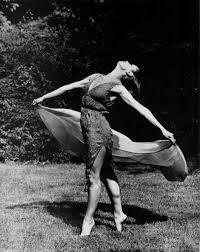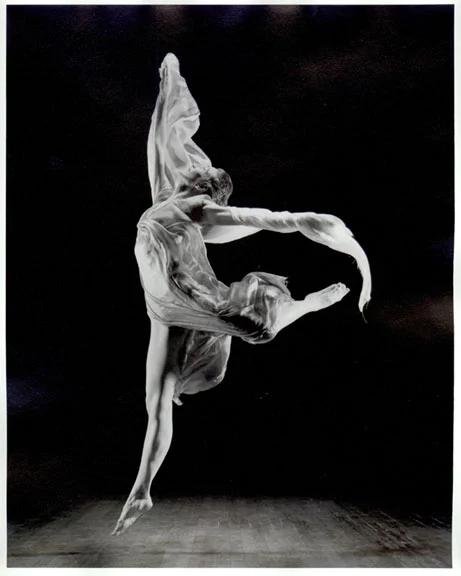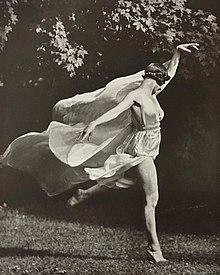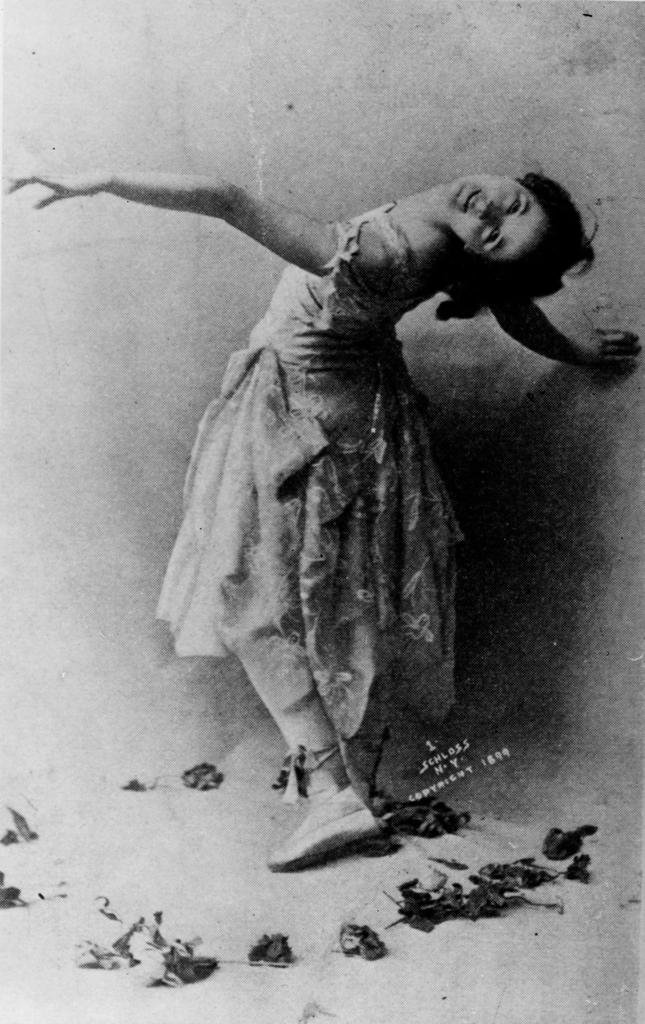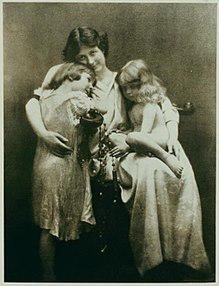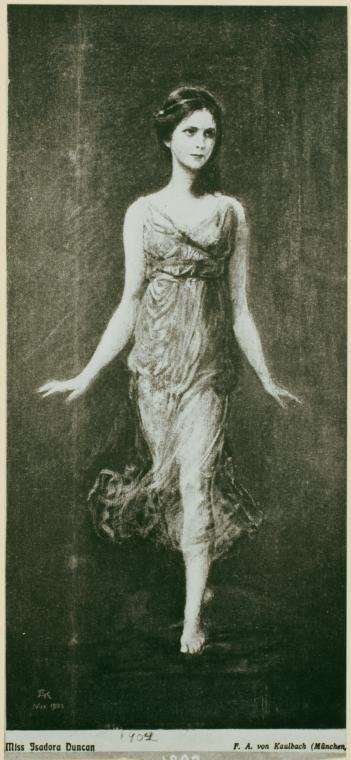Isadora Duncan
Isadora Duncan was a trailblazing dancer and instructor whose emphasis on freer, more naturalistic forms of movement was a precursor to modern dance techniques.
Born on May 26, 1877 in San Francisco, California., Duncan was raised by her divorced mother, Dora, a piano teacher with a great appreciation for the arts. She studied Greek mythology and visual iconography, which would inform her sensibilities and general style of movement as an artist. Duncan came to look at ancient rituals around dance, nature and the body as being central to her performance ideology.
Barefoot and clad in sheaths inspired by Greek imagery and Italian Renaissance paintings, Duncan's style was controversial for its time, as it defied what she viewed as the constricting conventions of ballet, placing major emphasis on the human female form and free-flowing moves. Duncan's achievements and artistic vision would lead her to be called the "Mother of Modern Dance".
Duncan faced horrific tragedies in her life, with her two children and their nanny drowning in 1913 when the car they were in fell into the Seine River. Later, she married poet Sergey Aleksandrovich Yesenin in 1922, favoring a legal union to allow him travel to the United States. However, the couple was ostracized due to anti-Bolshevik paranoia, and Duncan declared that she would not return to America. The marriage wouldn't last, with Yesenin suffering from severe mental health issues and committing suicide in the mid-1920s.
Duncan struggled emotionally during her later years. She died in Nice, France, on September 14, 1927, when her scarf got caught in the back wheels of an a car in which she was a passenger.

